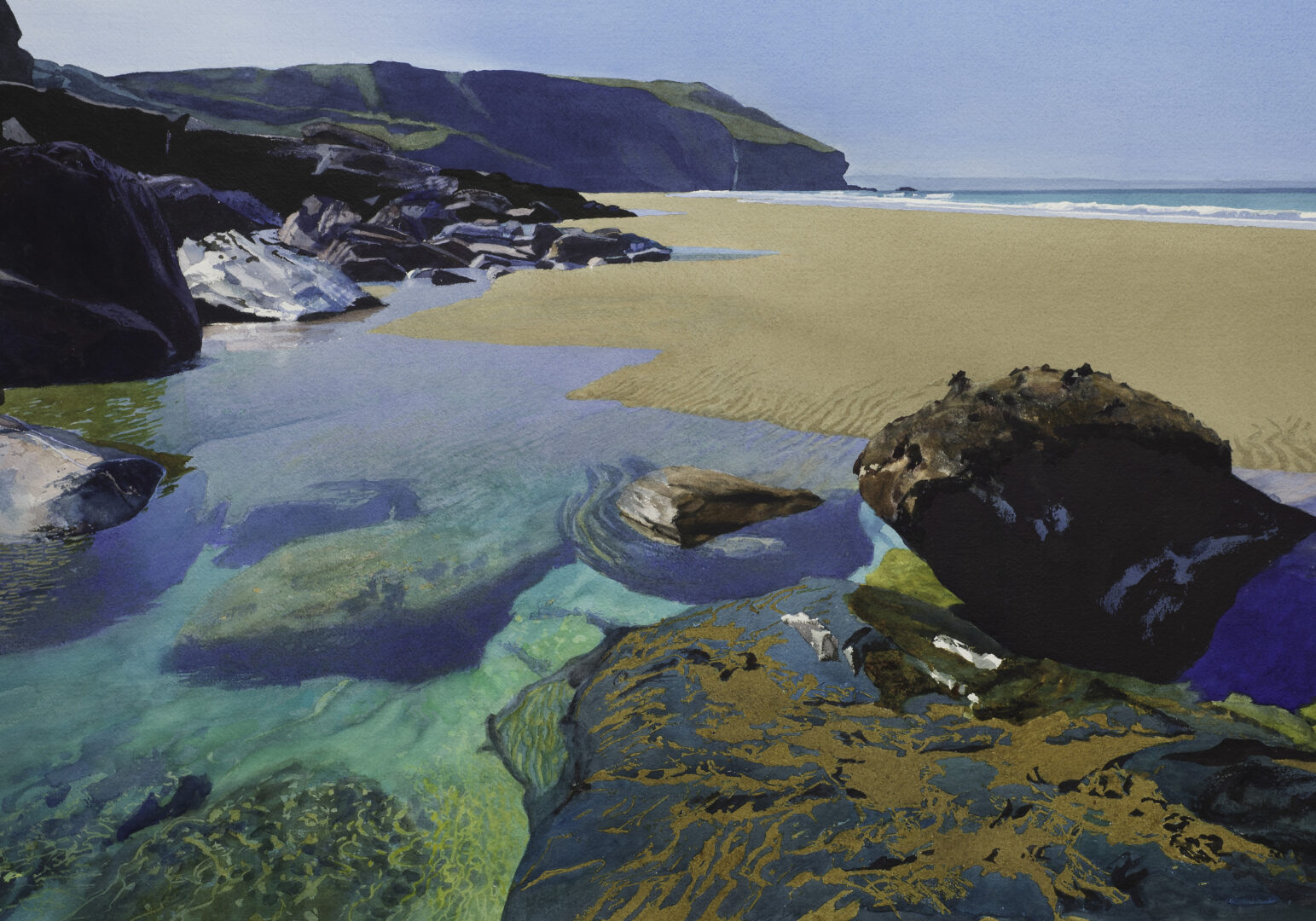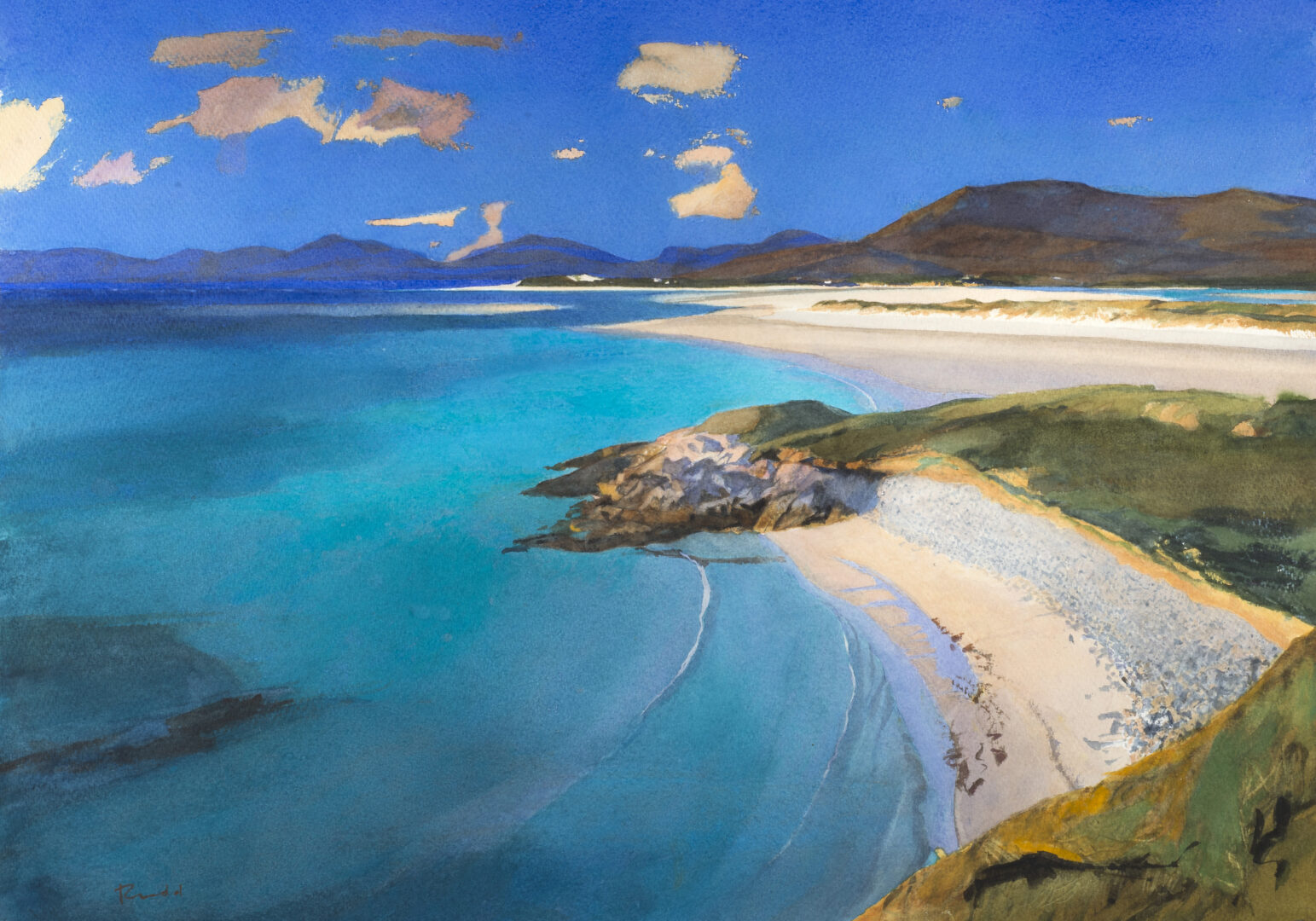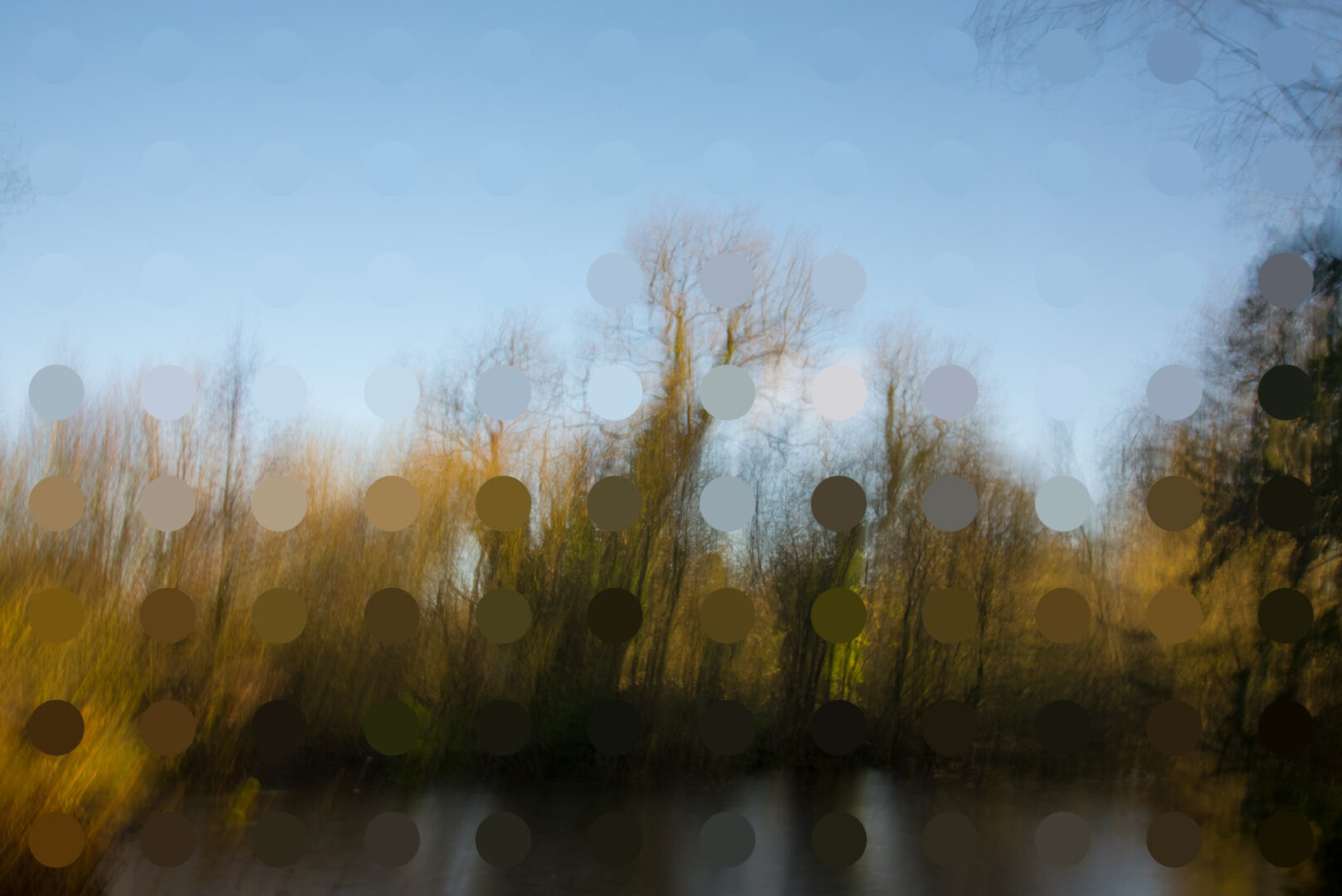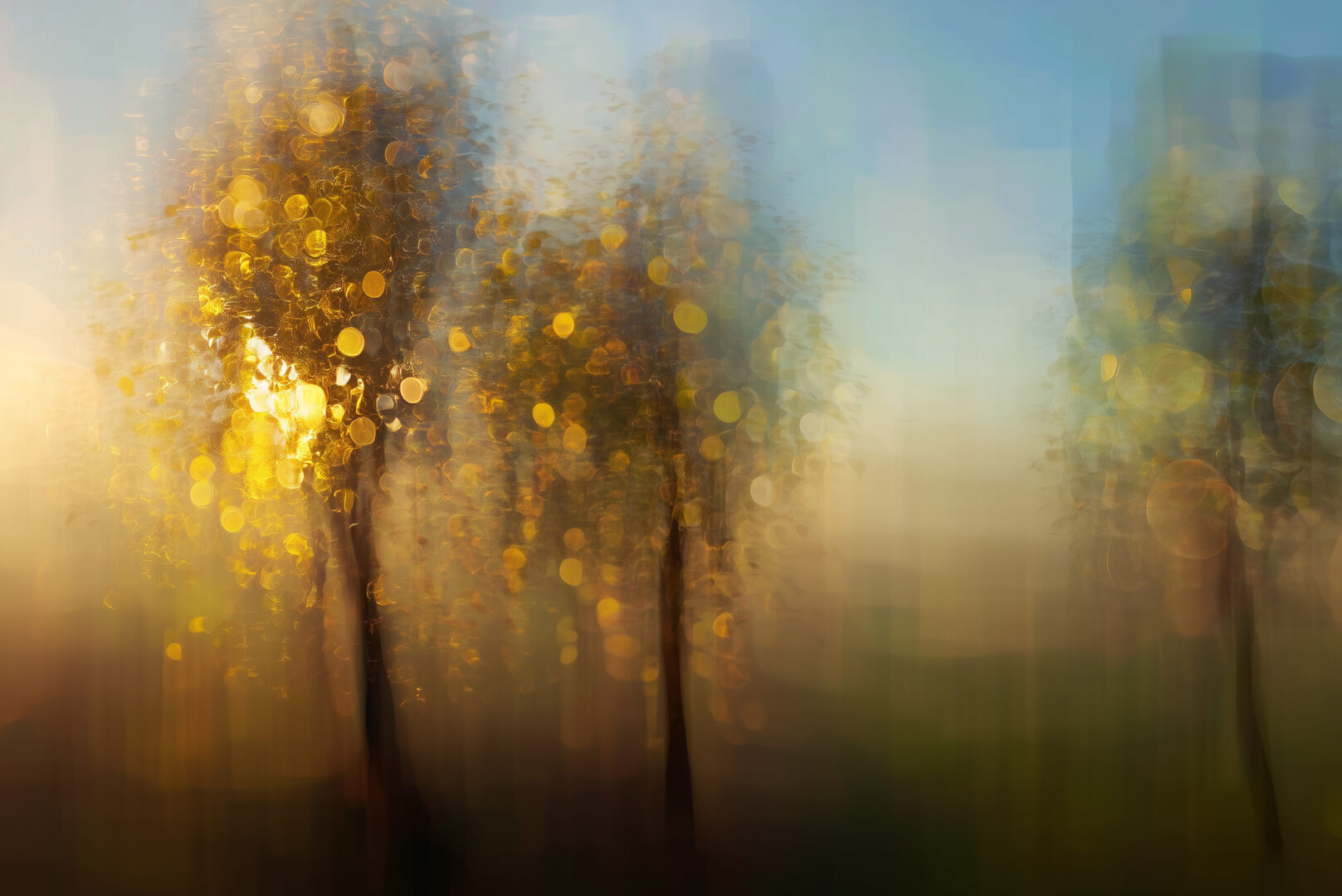What’s the film about?
My father’s health is in decline and this made me want to spend time thinking about him and his amazing landscape watercolour paintings. I found myself writing a song called My Father’s Dreams.
I was looking for a good subject on which I could base an AI film and this song seemed perfect. It would help me to keep digging into the AI world, and to allow me to think more about my dad’s life and work.
I used AI to visualise the subjects of my dad’s paintings that are described in each line of the song. I experimented with AI backing vocals to accompany my own voice on the recording of the song.
The film ends with some stills of my dad’s paintings.


Why make the film?
I am excited by the creative possibilities of AI, but much of the work that I see is not that interesting to me: often the focus seems to be on doing old things more cheaply and quickly rather than on doing new things, and also on making work which emulates other people’s style.
I am interested to see if I can make things with AI which I think are really beautiful, and which capture my own taste and style rather than someone else’s.
What was it like to make the film?
My AI experiments have often given me the sense that the AI platforms are aimed at non-professionals. Suno talks about ‘making any song you can imagine’. Does a serious musician want this galactic level of possibility? Or would they rather that AI helps to propel them further along their chosen path, helping them to make things with a clear through line from their previous work?
To begin with, I thought Midjourney was also aimed at non-professionals. Youtubers told me about ‘style refs’ – a system which instantly facilitates existing visual styles. I played with these and got some nice results, but they weren’t my results. I didn’t feel ownership, and it still felt like I was playing with a clever toy, rather than a new kind of paint brush.
I decided to see if I could ‘break’ Midjourney in order to achieve more authentic results. When I began to use my own photographic artworks as style references, I started to get weird, new versions of my own style rather than pastiches of other people’s. I began to feel some control and ownership of the AI outputs.


Is more control always good for creativity?
As I learn more about the AI tools, and as they get better, I will no doubt have greater ability to control the outcomes. I will be able to perfect shots which I struggled with in this film, for example the one that accompanies the line: ‘the sea breathing in and out on the beach’, where I couldn’t quite get the tide to come in and then go out again.
But there is something very exciting about working with AI, precisely because of the lack of control. Making this film reminded of designing record covers at the beginning of my career. I was using experimental darkroom techniques. I got to a level of expertise where I knew just about what results to expect, but only within a few degrees of latitude, and the surprise aspects of the outcomes were exciting and a little bit shocking.


What have I learnt about the creative use of AI?
So much AI creativity is driven by the commercial goals of doing things quickly and cheaply. The outcome is work which is unattractive, unoriginal, unemotional and sometimes unethical.
But I think that creatives can interact deeply and authentically with AI and push the discussion away from efficiency and towards creativity. This involves learning how to avoid what Brian Eno describes as the ‘chasms of mediocrity’ that AI tends to deliver.
The first thing we can do to avoid AI mediocrity is to remember that much of the creative process cannot be bypassed if we want to produce good work. Christoph Niemann says on working with AI: ‘Creating art is a nonlinear process. I start with a rough goal. But then I head into dead ends and get lost or stuck. The secret to my process is to be on high alert in this deep jungle for unexpected twists and turns, because this is where a new idea is born’. We cannot know immediately what we want and simply write a prompt to get it. My AI film project involved detailed research into technicalities (film stock, lenses) and subject matter (Hebridean beaches, types of trees), experimentation with visual references, and lots of prompt tweaking and Midjourney executions.
The second way to avoid AI mediocrity is to think of AI not as a creative entity, but as a tool that enables us to realise our own, original ideas in fresh and surprising ways. My film started with an authentic, personal piece of work – a song about my dad as he nears the end of his life – and then used AI to interpret this song visually through the lens of my own photography-based artworks.
Could AI support and energise your creative work?
If, like me, you rely on your creative abilities to make your living, I imagine you are as nervous as I am about the rise of AI. But I think there is a good case for running towards AI rather than away from it. I think it can help us to make exciting new things which are fresh, surprising and authentic.
I suggest that you don’t let your legitimate concerns about AI prevent you from being creatively curious about it. When you embrace it as a new tool, you might find it fun and energising. Something uplifting happens when you start to get results that you like. You begin to feel that, over time, AI might become an asset rather than an enemy.